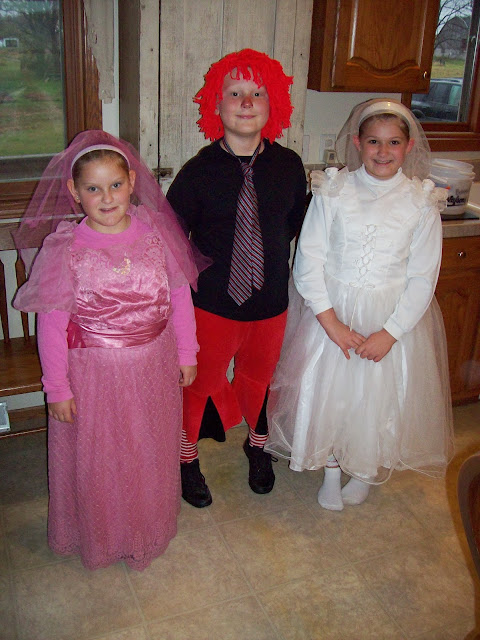Whoa, Who....I finally made our math decision and it feels good! After limping along with a mirage of programs, I'm very excited to announce what we've settled on. Drum roll please......
SINGAPORE Primary Mathematics!

We're a couple of weeks in with RileyAnn, but only a day in with Ruben. So far the transition has been beautiful! I love the approach. It's very similar to RightStart Mathematics, but not nearly as teacher intensive or expensive.
I highly recommend taking the placement tests, particularly if you are transitioning into Singapore from another math program. Nearly every review I read, states Singapore Math is advanced. Don't be surprised if your children test at a younger level. The numbers don't necessarily coincide with the grade, unless you're starting with Singapore from the beginning. It appears as though Levels 1-6 cover 1st through 7th grade. I placed both kids at lower than grade level simply to ensure there are no gaps, also to rebuild RileyAnn's math confidence. So far, she really likes Singapore Math. It's challenging, but not so difficult as to cause feelings of anxiety, frustration, and ignorance. After teaching the lessons, I can even feel my brain being worked....in a good way :)

There are three books per semester. A Home Instructor's Guide, Student Textbook, and Student Workbook. The main feature of this package is the use of the Concrete, Pictorial, Abstract approach. This is totally in line with Dr. Ruth Beechick and Charlotte Mason's methods. The idea is to teach by concrete instruction meaning through manipulatives, games, etc. Then transition to practicing with pictures in the textbook. Finally, completing abstract exercises in the workbook.
I definitely recommend the Home Instructor's Guide!! I think this book makes the program. As a matter of fact, I think it's possible to use this guide exclusively in the younger grades, using manipulatives and games rather than workbook pages. We don't even pull out the text, workbook until the end of the lesson, after I feel the children understand the concept inside and out.
Also, the Home Instructor's Guide makes the program open and go. There is a Suggested Weekly Schedule at the beginning of each guide. Each lesson gives you a list of necessary teaching materials (linking cubes, hundred chart, base 10 blocks, place value chart, counters, playing cards, etc.) There are suggestions to make your own manipulatives if you don't already own them. The charts, cards, and mental math pages are located in the Appendix for you to photocopy.
Each lesson provides a list of lesson objectives, notes to the instructor providing added explanations of concepts, instructional ideas and suggested activities to go along with the textbook pages, game ideas to reinforce concepts, "homework" assignments, and textbook/workbook answers. This may sound like a lot of information, but each lesson is laid out very well and contained in two to three pages.
I really appreciate the fact that the guide is written to me as a homeschool mom. I do not have to sift through classroom activities. It's intended to use one on one with your child. Although, many of the games can have more than two players so you could include siblings.
Another great feature of
Singapore Primary Mathematics is the price. Each student book sells for around the $10 mark. The Home Instructor's Guide sells for around $18. The only consumable is the Student Workbook, so if you're planning to reuse with multiple children, you only need to buy 2 new workbooks at a total cost around $20 per year.
I will keep you posted on our math progress throughout the year. If you're new here, you may find something of use in these other math posts.
Math 1,
Math 2, Math 3.



















